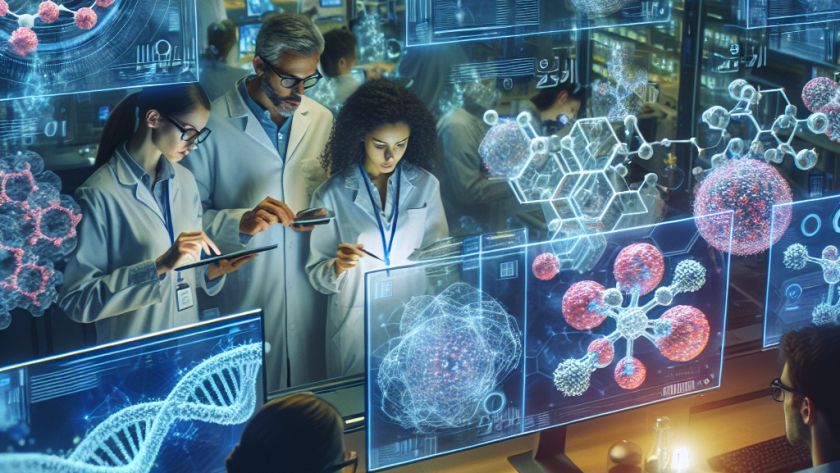The process of identifying the fleeting chemical transition states that occur during reactions could be significantly sped up thanks to a machine learning system developed by researchers from MIT. At present, these states can be calculated using quantum chemistry, but this process is time and computing power intensive, often taking days to calculate a single…





